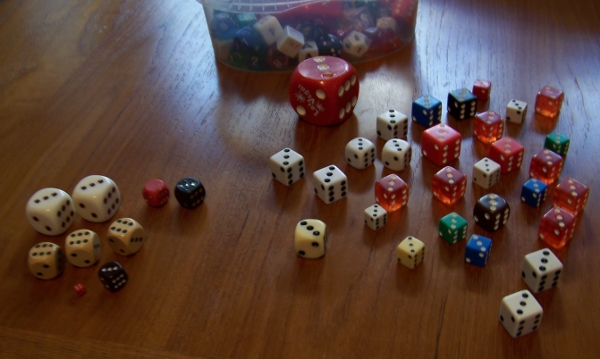You arrive at an archipelago of many islands. On each island there are two villages. In one village truth-tellers live, and they always tell the truth. In the other village liars live, and they always lie. The islanders all know each other.
On the first island you stumbled upon three islanders and you ask each of them your question:
How many truth-tellers are there among you?
Here are their answers:
A: One.
B: A is wrong.
C: A and B are from the same village.
Can you determine who is a truth-teller and who is a liar?
This island is called a classic island, where all behave as if they were in a standard logic puzzle. It is a perfectly nice puzzle but B and C didn’t answer the question: B ratted on A, and C went on a tangent. When I was younger, I never cared about the motivations of A, B, or C. Their answers are enough to solve the puzzle. But now that I am older, I keep wondering why they would choose these particular answers over other answers. So I invented other islands to impose rules on how the villagers are allowed to answer questions.
Now you travel to the next island that is called a straightforward island, where everyone answers your question exactly. You are in the same situation, and ask the same question, with the following result:
A: One.
B: One.
C: Ten.
Can you determine who is a truth-teller and who is a liar?
Once again we wonder about their motivation. This time C told an obvious lie, an answer that is impossible. Why on earth did he say 10? Isn’t the goal of lying to deceive and confuse people? There is nothing confusing in the answer “ten.”
Now you come to the third island, which is a straightforward inconspicuous island. To answer your question, a liar wouldn’t tell you an obvious lie. For this particular situation, the liar has to choose one of the four answers that are theoretically possible: zero, one, two, or three. You are again in the same situation of asking three people how many truth-tellers are among them, and these are the answers:
A: Two.
B: Zero.
C: One.
Can you determine who is a truth-teller and who is a liar?
When you think about it, a truth-teller cannot answer zero to this question. So although zero is a theoretically possible answer, we can deduce that the person who said it is a liar. If liars are trying to confuse a stranger, and they’re smart, they shouldn’t answer “zero.”
The next island is a straightforward inconspicuous smart island. The liars on this island are smart enough not to answer zero. You are in the same situation again and ask the same question with the following outcome:
A: Two.
B: Two.
C: One.
Can you determine who is a truth-teller and who is a liar? You shouldn’t be able to. There are three possibilities. There are two truth-tellers (A and B), one truth-teller (C), or zero truth-tellers.
Let us assign probabilities to liars’ answers. Assume that liars pick their answers randomly from the subset of wrong answers out of the set: one, two, three. If two of these answers are incorrect, they pick a wrong answer with probability one half. If all three of the answers are incorrect, they pick one of them with probability one-third. Suppose the people you meet are picked at random. Suppose that the probability that a random person is a truth-teller is 1/2. Given the answers above, what is more probable: that there are two truth-tellers, one truth-teller, or zero truth-tellers?
Share:







